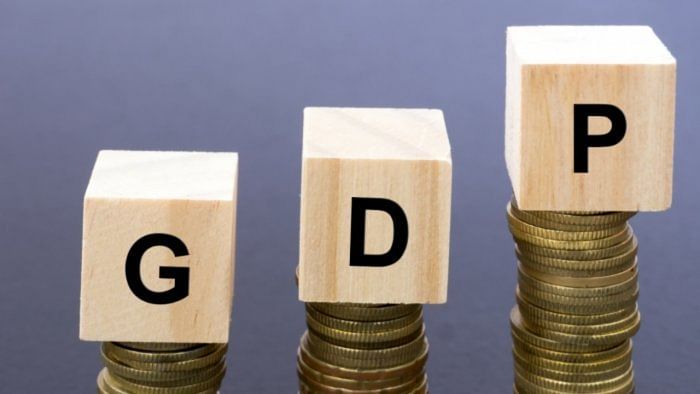
India Inc’s fixed assets' investments has remained uneven over the past five years, with a compound annual growth rate (CAGR) of 4.9 per cent between FY18-FY23, almost half of the 9.8 per cent CAGR in the country’s nominal GDP during this time, according to a report by Bank of Baroda. Much of this growth was concentrated in a handful of industries, namely crude oil (5.2 per cent), power (3.5 per cent) and telecommunications (10.2 per cent), which made up for 51 per cent of the total fixed assets created during this time, due to “their inherent nature of asset creation,” the report said.
Fixed assets of companies increased 5.5 per cent year-over-year from Rs 36.3 lakh crore in FY22 to Rs 38.3 lakh crore in FY23. The share of telecom and FMCG companies improved in the five-year period, while it moderated for companies in industries like power, iron, and steel.
Out of the 15 major industries covered in the report, the 5-year CAGR of eight sectors including capital goods, textile, non-ferrous metals, iron and steel and power was lower than the combined 4.9 per cent CAGR, mainly due to the volatility of commodity prices and the economic slowdown from Covid-19.
Incrementally, fixed assets of power companies fell at the sharpest rates, followed by logistics and IT. At the same time, fixed assets of crude oil (Rs 64,075 crore), telecom (Rs 59,638 crore), and automobile (Rs 11,164 crore) companies saw an uptrend and sectors such as hospitality and media witnessed negative CAGR due to closures post lockdown.
Share of PSU and non-PSU companies in fixed asset creation remained in line with historical trends, with PSUs having a 38.7 per cent share and 61.3 per cent coming from non-PSUs. Nevertheless, the report noted an absence of broad-based growth across sectors reflected by a slow pace of investment by various industries.
Risk-tolerant household savings
Trends in household savings were also dominated by macro-economic conditions in recent years. While they made up 16 per cent of the GDP in FY21 at Rs 31.62 lakh crore, this fell to 10.8 per cent in the succeeding year, amounting to Rs 25.6 lakh crore in FY22. “There is evidence that households migrated to other avenues when interest rates came down sharply to 4 per cent in FY22,” Bank of Baroda’s Economics Research Department said in a report.
Bank deposits, while remaining the dominant avenue for Indian households to park funds, have also seen volatility recently with the Covid-19 lockdown spiking their total to Rs 12.59 lakh crore in FY21 but an “ultra-soft monetary policy” subsequently slashing it by almost half to Rs 6.95 lakh crore in FY22.
Noting that the structure of interest rates is driving flows from Indian households, the report highlighted that the share of bank deposits should be improving as banks increased deposit rates in the last financial year.
Interestingly, Indian households have emerged less risk averse from the pandemic, as the profile of savings saw a sharp shift to investments in both mutual funds and equities. Small savings also emerged as a favorable option as they provided higher returns on investment when compared with bank deposits. Going forward, interest rates are expected to play a decisive role for Indian households as their ability to take risks increases.